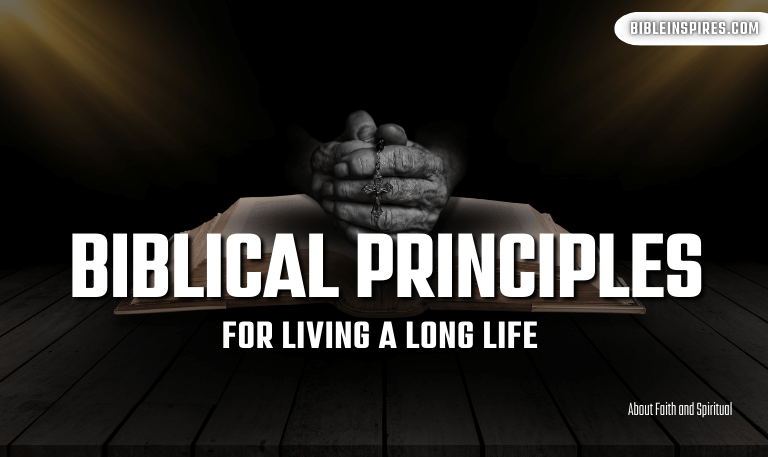Personality traits like introversion and extroversion shape how we interact with the world, make decisions, and even approach work and relationships. These two psychological types have long been studied and are often used to categorize people into distinct personality groups. But is the difference really as clear-cut as it seems, or is there more nuance to how we function socially?
In this comprehensive guide, we’ll explore the introvert vs extrovert dynamic, uncover the science behind these personality types, and offer practical insights on how each affects personal relationships, work environments, and personal growth. By the end, you’ll not only understand the defining features of introverts and extroverts, but also learn how to navigate interactions with both types, ensuring better communication and understanding.
I. What Does It Mean to Be an Introvert?
Introverts are often described as people who find energy and satisfaction in solitude and quiet environments. They are energized by spending time alone or with a small group of close friends.
A. Characteristics of Introverts
Introverts tend to exhibit the following traits:
Reserved nature: They tend to listen more than they speak.
Deep thinkers: Introverts process things more thoroughly before expressing them.
Private: They value personal space and time away from social interactions.
Self-reflection: They are often introspective and value personal growth.
Read Also: Evangelical vs Catholic
B. How Introverts Recharge
Introverts need quiet time to recharge. Social interactions can drain them, especially in large groups or unfamiliar environments. Time alone allows them to reflect, think deeply, and rejuvenate.
II. What Does It Mean to Be an Extrovert?
Extroverts, on the other hand, find their energy in social situations and are typically outgoing, talkative, and action-oriented.
A. Characteristics of Extroverts
The key features of extroverts include:
Socially active: They thrive in social settings and enjoy meeting new people.
Energetic: Extroverts often bring enthusiasm and energy to group activities.
Talkative: They are typically outspoken and comfortable speaking their mind.
External focus: Their focus tends to be on the world around them, rather than on their inner thoughts.
B. How Extroverts Recharge
Extroverts gain energy through interactions with others. They seek out social events and thrive in environments where they can engage and connect with people. Time alone might feel draining for them.
III. Key Differences Between Introverts and Extroverts
A. Social Preferences
Introverts tend to prefer smaller, quieter gatherings where they can engage in deeper conversations.
Extroverts, on the other hand, enjoy large social events and thrive in crowds where they can meet new people.
Read Also: Methodist vs Presbyterian
B. Energy Source
Introverts recharge through solitude, while extroverts recharge through social interactions. This fundamental difference shapes how they behave in various situations, from work to social gatherings.
IV. The Spectrum of Introversion and Extroversion
A. Ambiverts: The Middle Ground
Not everyone falls squarely into one category. Ambiverts are individuals who exhibit qualities of both introversion and extroversion. They may feel energized by social interaction at times, but also value solitude when needed.
B. Personality Fluidity
Introversion and extroversion aren’t fixed traits. People can shift along the spectrum depending on life experiences, age, and context. For example, introverts might develop extroverted behaviors in social settings, and extroverts may enjoy introspective moments as they grow older.
V. The Science Behind Introversion and Extroversion
A. Genetic Factors
Research suggests that introversion and extroversion are influenced by genetics. For instance, introverts may have a more active dopamine response, making them less inclined to seek out external stimulation, while extroverts seek stimulation because their dopamine response is less sensitive.
B. Brain Function
The prefrontal cortex and dopamine system play crucial roles in determining whether a person is more introverted or extroverted. The brain’s ability to process stimuli and manage emotions is also key in shaping these personality traits.
VI. Common Misconceptions About Introverts and Extroverts
A. Introvert Myths
Introverts are shy: Not all introverts are shy. Many are confident but prefer one-on-one interactions.
Introverts don’t like socializing: Introverts can enjoy socializing but prefer deeper, more meaningful interactions.
B. Extrovert Myths
Extroverts are shallow: Extroverts are often perceived as being superficial, but many thrive on building deep relationships.
Extroverts don’t enjoy being alone: While extroverts recharge through socializing, they can also enjoy solitary activities, just in a different way.
VII. How Introverts and Extroverts Affect Relationships
A. Introvert-Introvert Relationships
Introvert-Introvert relationships can be harmonious because both partners value quiet time. However, they may struggle with communication if they both prefer solitude.
B. Extrovert-Extrovert Relationships
Extrovert-Extrovert relationships are typically lively and dynamic, as both partners enjoy socializing. However, they may need to find a balance between social activities and personal downtime.
C. Introvert-Extrovert Relationships
This pairing can be challenging yet complementary. The introvert provides a grounding presence, while the extrovert brings energy and excitement. Understanding each other’s needs is essential for harmony.
Read Also: Opposite of Sin
VIII. Introverts and Extroverts in the Workplace
A. Strengths of Introverts in the Workplace
Introverts tend to excel in roles that require focus, independence, and attention to detail. They often prefer tasks that allow for deep concentration and minimal distractions.
B. Strengths of Extroverts in the Workplace
Extroverts thrive in roles that require teamwork, communication, and networking. They excel in environments that allow them to lead, motivate, and engage with others.
C. How to Balance the Two in Work Environments
Organizations can benefit from both introverts and extroverts, creating a balanced team where each member’s strengths complement one another. Offering flexible work environments allows both types to flourish.
IX. Socializing: How Introverts and Extroverts Approach Social Situations
A. Introverts in Social Settings
Introverts prefer small, intimate settings, such as dinner parties or coffee dates with close friends. They may find large, crowded events draining.
B. Extroverts in Social Settings
Extroverts thrive in large groups and are energized by social interactions. They enjoy being the center of attention and initiating conversations with strangers.
X. How Introverts and Extroverts Handle Stress
A. Stress and Introverts
Introverts often experience stress when overwhelmed with external stimuli or social obligations. They may seek quiet and solitude to cope with stress.
B. Stress and Extroverts
Extroverts may experience stress when deprived of social interaction or external stimulation. Engaging with others or participating in physical activities can help them manage stress.
Read Also: How Tall Was Jesus Christ
XI. Parenting Introverted and Extroverted Children
A. Parenting Introverts
Introverted children may need more personal space and downtime. Encouraging independent activities can help them thrive.
B. Parenting Extroverts
Extroverted children enjoy socializing and need opportunities to interact with peers. They may benefit from activities that encourage group participation.
XII. Can Introverts and Extroverts Change?
People can exhibit behaviors of both introversion and extroversion over time. Life experiences, personal growth, and changes in social circles can lead to shifts in behavior.
Introvert vs Extrovert FAQs
Q: What is the main difference between an introvert and an extrovert?
A: The key difference is how they recharge—introverts prefer solitude, while extroverts gain energy through social interactions.
Q: Can introverts and extroverts have a successful relationship?
A: Yes, by understanding and respecting each other’s needs, introverts and extroverts can complement each other in a relationship.
Q: Are introverts shy?
A: Not all introverts are shy. They simply prefer smaller, more intimate social settings and need time alone to recharge.
Q: Do extroverts ever need alone time?
A: While extroverts thrive on social interaction, they can still enjoy moments of solitude, especially for relaxation or reflection.
Conclusion
Understanding the differences between introverts and extroverts is essential for fostering better relationships, creating inclusive workplaces, and achieving personal growth. While both personality types have their own strengths and challenges, embracing and respecting these differences is the key to building stronger, more harmonious connections in all aspects of life.
![Introvert vs Extrovert | Key Differences, Traits [2025 Guide] 1 Introvert-vs-Extrovert-Key-Differences,-Traits-[2025-Guide]](https://bibleinspires.com/wp-content/uploads/2025/06/Introvert-vs-Extrovert-Key-Differences-Traits-2025-Guide.png)
![How to Forgive According to the Bible [2025 Guide] 3 How-to-Forgive-According-to-the-Bible-[2025-Guide]](https://bibleinspires.com/wp-content/uploads/2025/04/How-to-Forgive-According-to-the-Bible-2025-Guide.png)

